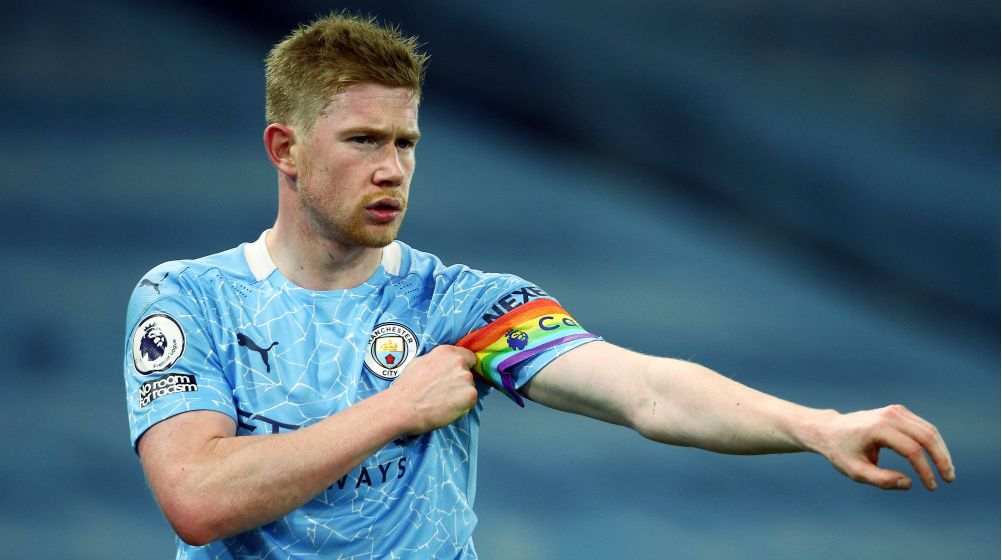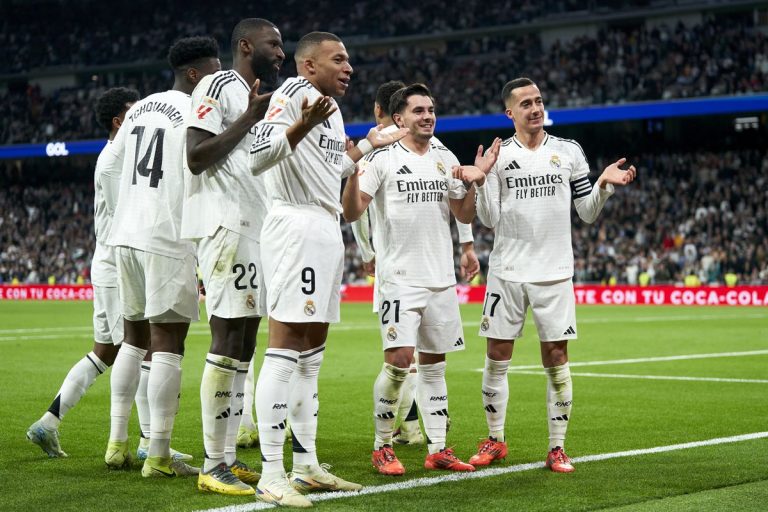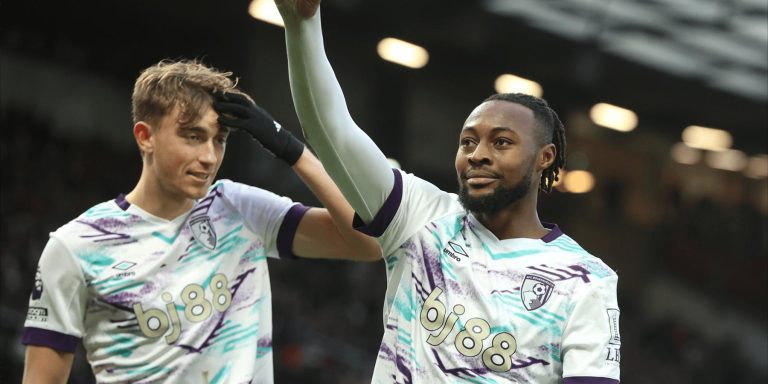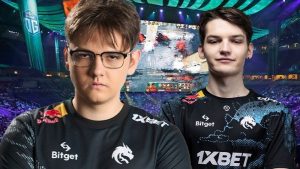Football is a sport that relies on a certain game system which is the main foundation in winning matches. This system can only work if the club has a coach and players with special abilities and match the pattern of play. If one of the components is not available then the game pattern will not run smoothly. This problem occurs in football when one of the players in a club is injured.
At least in the first week of the Premier League there have been several names of players with this problem, most recently Kevin De Bruyne when Manchester City met Burnley. The manager, Pep Guardiola, confirmed that De Bruyne had a recurring hamstring injury.
Hamstring is a footballer’s nightmare, especially in the Premier League. Last season 118 hamstring injuries occurred, with a total of funds spent on player treatment reaching 70,887,571. The players who last season spent the most money on treatment due to hamastrings were Ben Chilwell (total injury cost of 2,524,285, Naby Keita and Raphael Varane.
Even though large funds have been poured into its treatment, this injury has a 16-60 percent chance of recurrence. The hamstring is a muscle in the back of the thigh that consists of three parts and extends from the hip to the bottom of the knee.
This muscle is often injured because the hamstring is very important to create a player’s explosive power when running, kicking and jumping. Such a large load on these muscles makes soccer players prone to these problems.
This injury occurs because the muscles experience fatigue due to the tight schedule of matches so that the players don’t get enough rest. Unfortunately, the Premier League is the most physically intense competition, plus there are a lot of matches compared to Europe’s top 5 leagues.
The club’s medical staff won’t be able to do much about this matter. They can only do prevention because these injuries are most often caused by the high load that the soft tissue experiences when the players play matches.
Last season, Chelsea became the club that spent the most money to treat injured players. There are many reasons for the high number of injuries to Blues players, one of which is a change of ownership.
Chelsea last season was like an electric car that not all mechanics could fix. Unfortunately, they even fired many of the medical staff who had been employed during Roman Abramovic’s leadership.
Instead, the management took the private sector to replace them, but these efforts did not bear fruit. Many of the Blues players collapsed, management finally hired several people they had previously “thrown away”.
Last season was a bad period for this London club in terms of player injuries for the last 6 managers. Previously the team had an average of 5.65 injuries per 1000 minutes, while their previous worst period occurred when Guus Hiddink captained the team with an average of 6.5 injuries per thousand minutes played.
But when Graham Potter took charge of the team, the injury rate almost doubled to 11.1 injuries per 1000 minutes of play. The players missed 216 matches, the most of any contestant, with 1836 missed days.
Club expenses for player treatment reached 45,984,285 or around IDR 898 million. Chelsea accounted for four of the 10 players with the Premier League’s most expensive cumulative injury expenditure in a season, the top two being N’Golo Kante (9,652,857 around Rp. 181 million) and Reece James (6,392,857 or around Rp. 124 million).
It’s easy to blame someone else for a problem as Chelsea demonstrated to its medical staff who appear to lack the capability to keep players healthy. In the end, they became victims of the new regime brought by Todd Boehly. The value of togetherness and capable management was no longer visible in this action.
In an era of increasingly complex football with all its applied disciplines, it’s unfair to blame one party like this injury problem. The player recruitment department is inseparable from the responsibility of maintaining the physical fitness of players.
As previously described, injuries, especially hamstrings, can occur in the future. The health track record of potential new recruits is one of the alarm bells in assessing whether or not a player is vulnerable, considering that the Premier League has a very high intensity game.
However, comprehensive data regarding a player’s injury is not that easy to obtain, generally this sector is a secret for clubs and players. As previously mentioned, the hamstring occurs due to heavy muscle loads, even the medical team can only take preventive measures.
High match intensity can be tricked by the presence of players who match the pattern of play, both core and reserve. This step is an important thing that can reduce the risk of hamstring injury.
This method successfully led Manchester City to get the treble winner last season. They managed to have a good squad, so Pep could rotate players to reduce injuries to his team.
Only two City players have played 2500 minutes played. However, this situation did not occur due to injury, but the rotation that Pep made in playing each match.
In other words, the problem of injuries does not only talk about the value lost in terms of team play and club finances. Through this one problem we can see a lot of mixed values, one of which is club management that has a clear plan for long-term development like City and the owner’s selfishness to get glory through shortcuts like Chelsea.
ASL
















